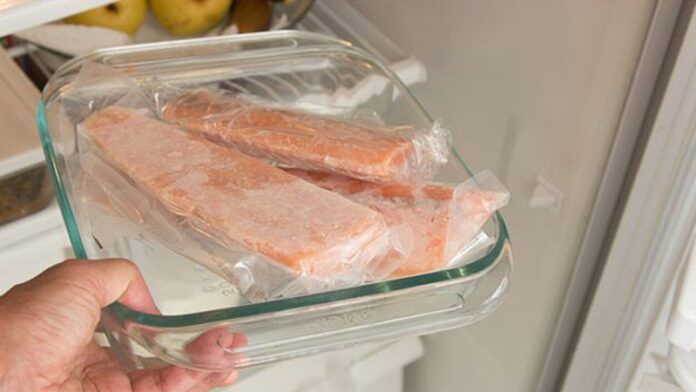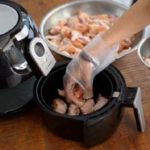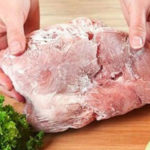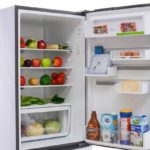Are you tired of waiting for hours for your meat to thaw? With this super-quick oven thawing trick, you can say goodbye to that frustration. Follow these simple steps to have tender meat ready for your delicious meals.
1 How to Thaw in the Oven
Thawing is a crucial step before cooking. It helps soften the food, making it easier to cut and ensuring even cooking.
Defrost Your Food
Remove food from the freezer or defrost it, depending on your storage method. Here’s how to take them out:
-
Food in trays or boxes: Simply lift them out of the freezer gently.
-
Food wrapped in plastic bags or cling film: To avoid tearing the bag and sticking to the food, move it to the fridge for 10-20 minutes. Then, slowly remove the wrapping to prevent any damage.
 Defrosting food
Defrosting food
Prepare for Thawing
Once the food is out of the freezer, place it on a glass or ceramic tray or any other heat-resistant container. Avoid covering when using these trays as the internal pressure may increase and become dangerous.
Foods Not Suitable for Thawing in the Oven:
-
Foods with hard shells: Clams, mussels, and snails can explode when suddenly heated in the oven, posing a hazard.
-
Tightly packaged foods: These are also not recommended as the internal pressure can build up and cause the package to burst.
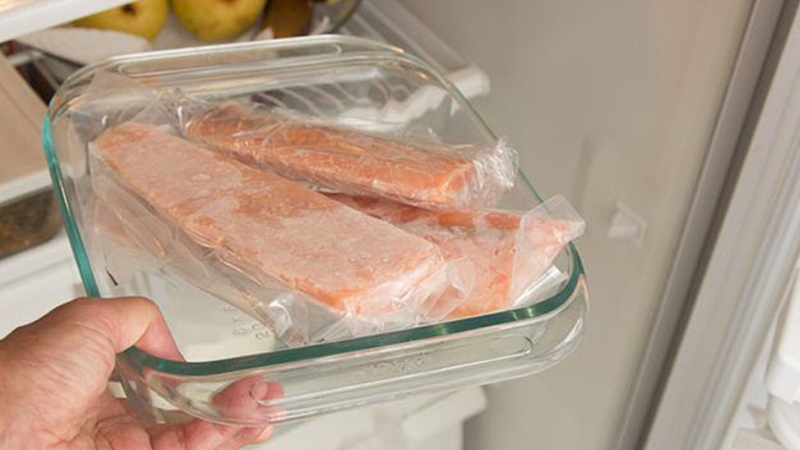 Preparing for thawing
Preparing for thawing
Thawing Process
Now, let’s proceed with thawing the food in the oven.
Place the food in the oven: Put the tray of food inside.
Set the temperature and time:
-
For a conventional oven: Set the temperature to approximately 70°C and thaw for 10 minutes. Note: Avoid extremely high temperatures to prevent the outside of the meat from cooking while the inside remains frozen.
-
For a high-end oven: Select the preset defrost mode.
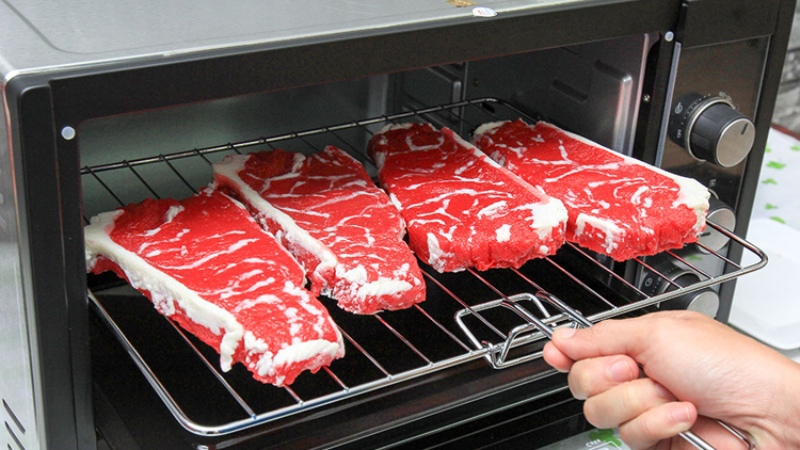 Thawing
Thawing
Checking
After about 10 minutes of thawing, remove the tray to inspect:
-
Nearly thawed food: If the food is soft with only a small portion still frozen, cover the tray and let the residual heat finish the job.
-
Food not fully thawed: If the food is still hard, return the tray to the oven and thaw for an additional 3-5 minutes. Note: Use a fork or chopstick to gently poke the food to check its softness.
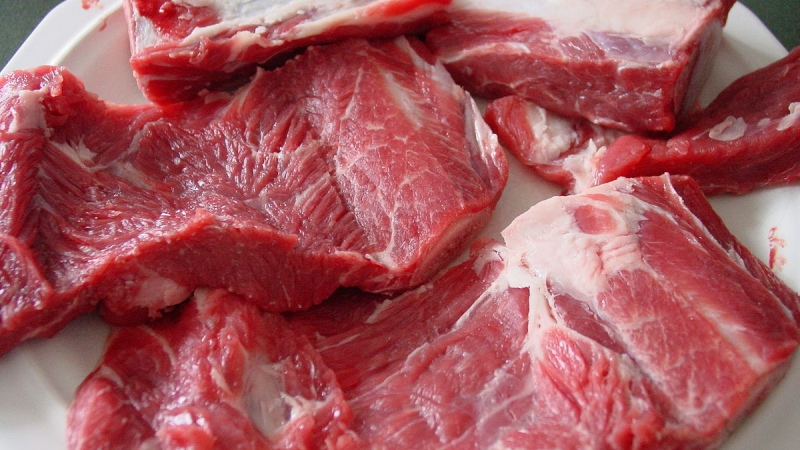 Checking
Checking
Cook Immediately
For the best taste and food safety, cook the food immediately after thawing. Leaving thawed food at room temperature for too long provides an ideal environment for bacterial growth, affecting food quality and potentially harming your health.
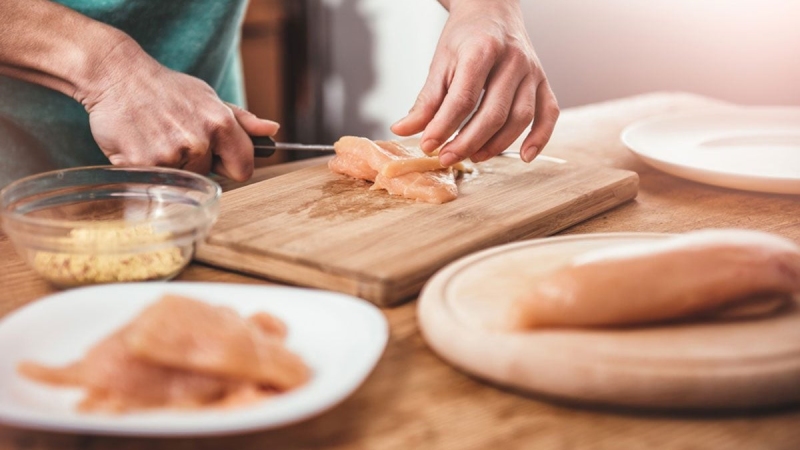 Cook immediately
Cook immediately
2 Some Things to Keep in Mind
Remove Packaging and Wrapping
Before placing food in the oven, ensure you remove all packaging and wrapping, such as plastic bags and cling film. When exposed to high temperatures, these materials can burn, releasing toxic substances harmful to your health.
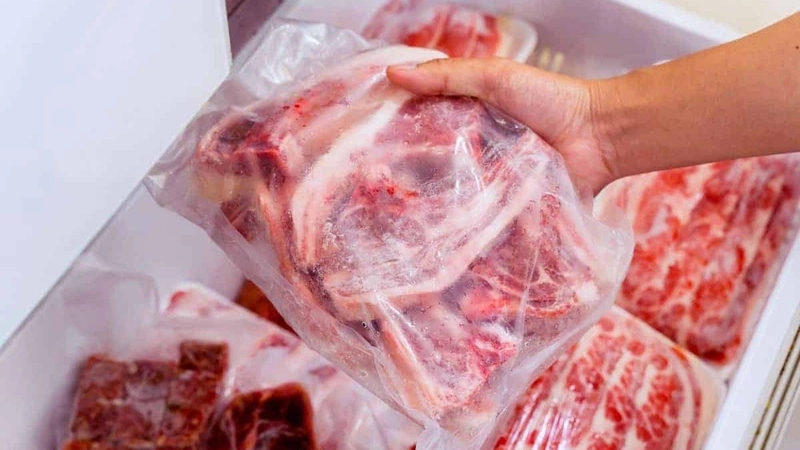 Remove packaging and wrapping
Remove packaging and wrapping
Cook Immediately After Thawing
To ensure your food stays fresh and safe, cook it immediately after thawing. Leaving thawed food at room temperature provides an ideal environment for bacterial growth, causing food spoilage.
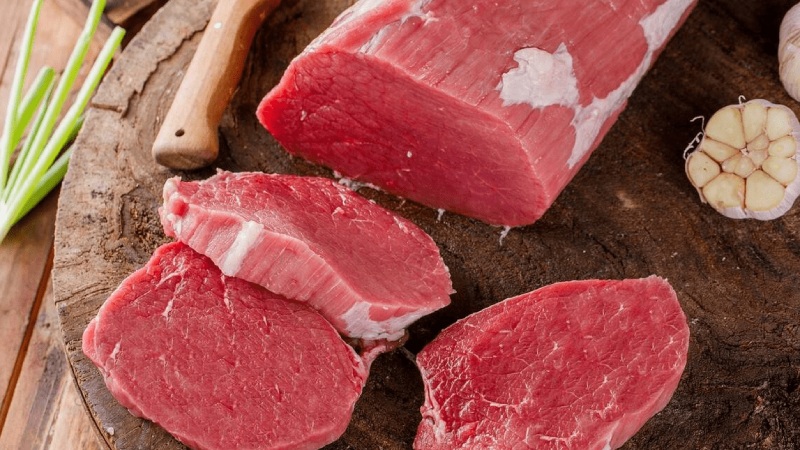 Cook immediately after thawing
Cook immediately after thawing
Use Containers with Lids
Using lidded containers like glass jars or ceramic bowls with lids will help retain moisture during the thawing process while preventing bacterial contamination.
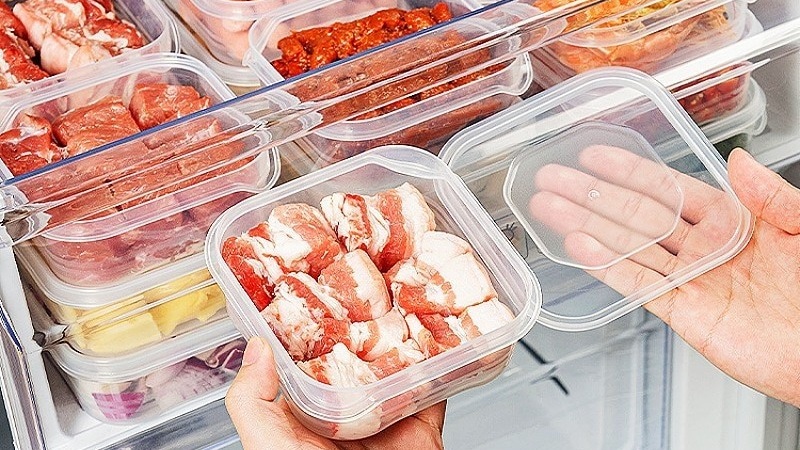 Use containers with lids
Use containers with lids
Choose the Right Material for Thawing
Opt for heat-resistant glass, ceramic, or metal trays, bowls, or plates to hold the food during thawing. Avoid plastic containers that may deform and release toxins when exposed to high temperatures.
 Choose the right material
Choose the right material
Don’t Thaw Vegetables
Avoid thawing vegetables in the oven as high temperatures can cause a loss of vitamins and minerals and alter their texture and flavor.
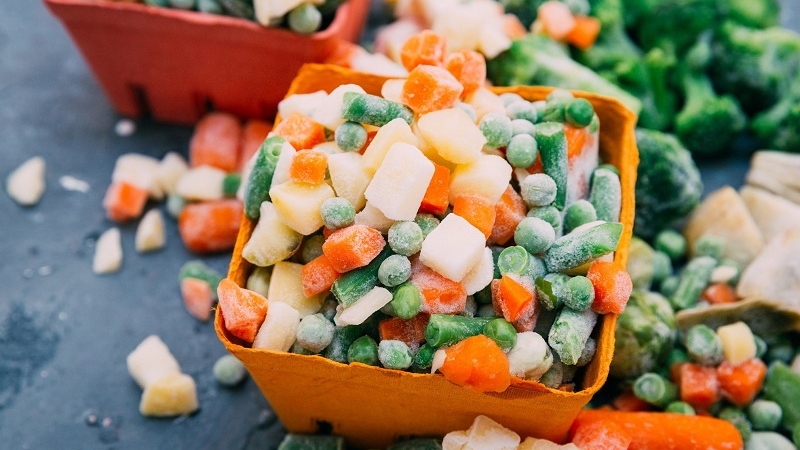 Don’t thaw vegetables
Don’t thaw vegetables
Don’t Over-Thaw Fish
Fish is prone to spoilage. Over-thawing it in the oven can lead to dryness and increased susceptibility to bacterial contamination.
Thawing food in the oven is just one of many methods. Depending on the type of food and your time availability, you can opt for other methods like thawing in the fridge, using cold water, or utilizing the microwave.
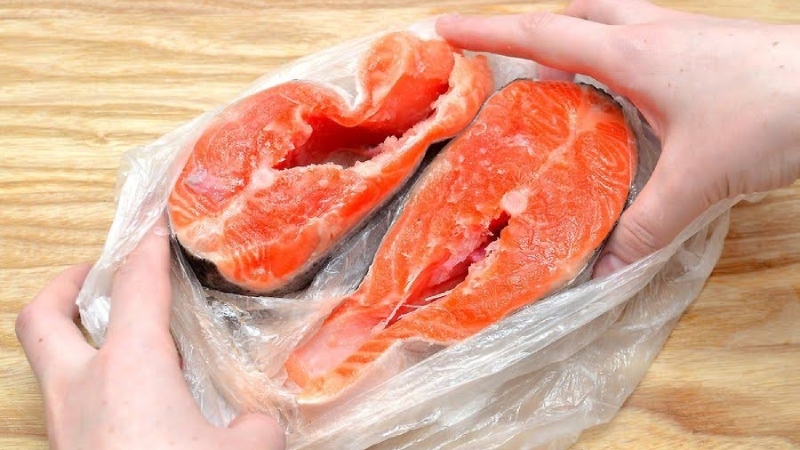 Don’t over-thaw fish
Don’t over-thaw fish
Understanding and applying suitable thawing methods will save you time and enhance your dining experience.
10 Surefire Ways to Prevent Food From Spoiling This Summer
Summer is a season of sweltering heat, and it can be a challenge to keep your food fresh and prevent it from spoiling. Bach Hoa XANH is here to rescue with a comprehensive guide, specifically tailored for the ladies. Discover 10 invaluable secrets to maintaining the freshness and prolonging the lifespan of your groceries during this scorching season.

























